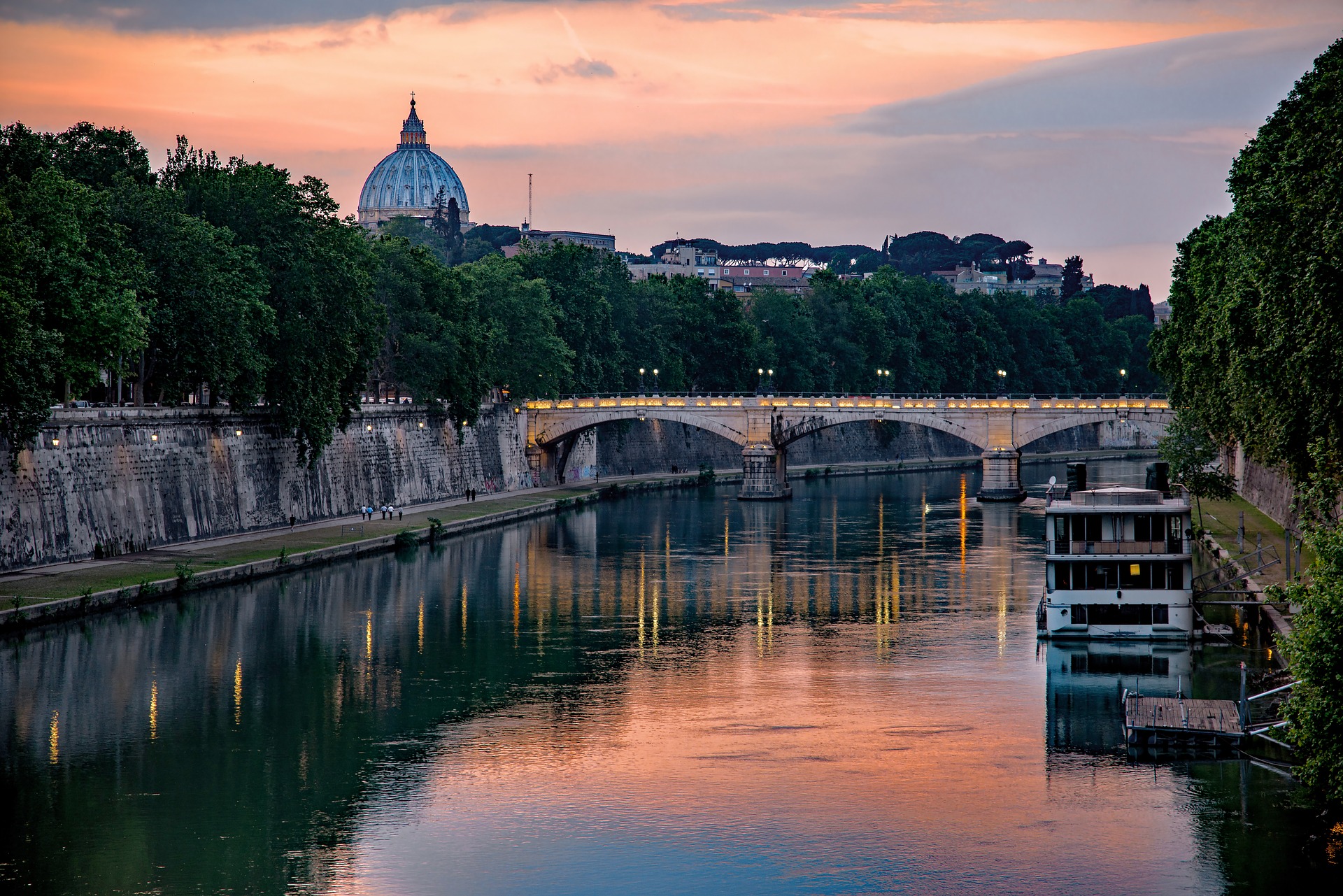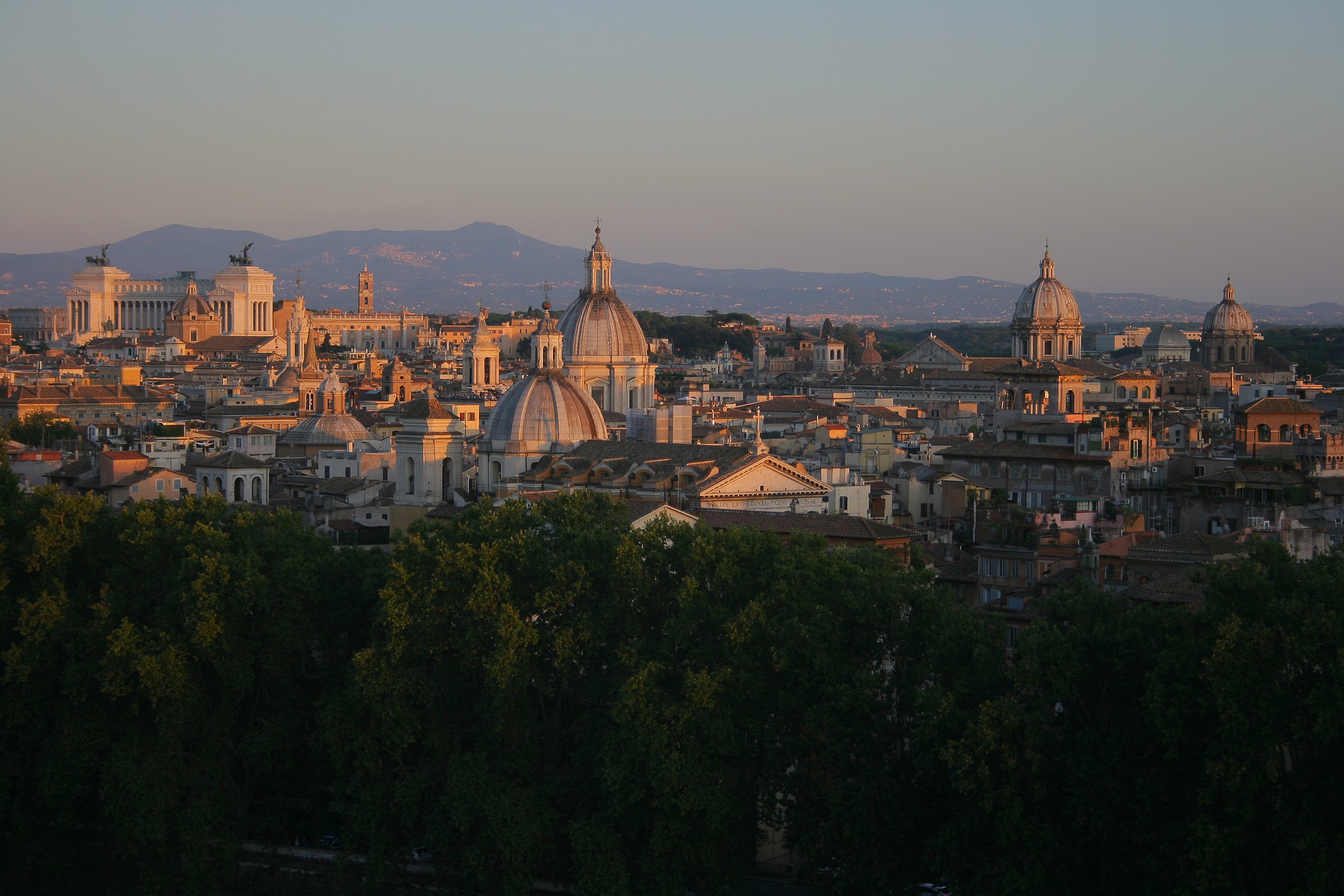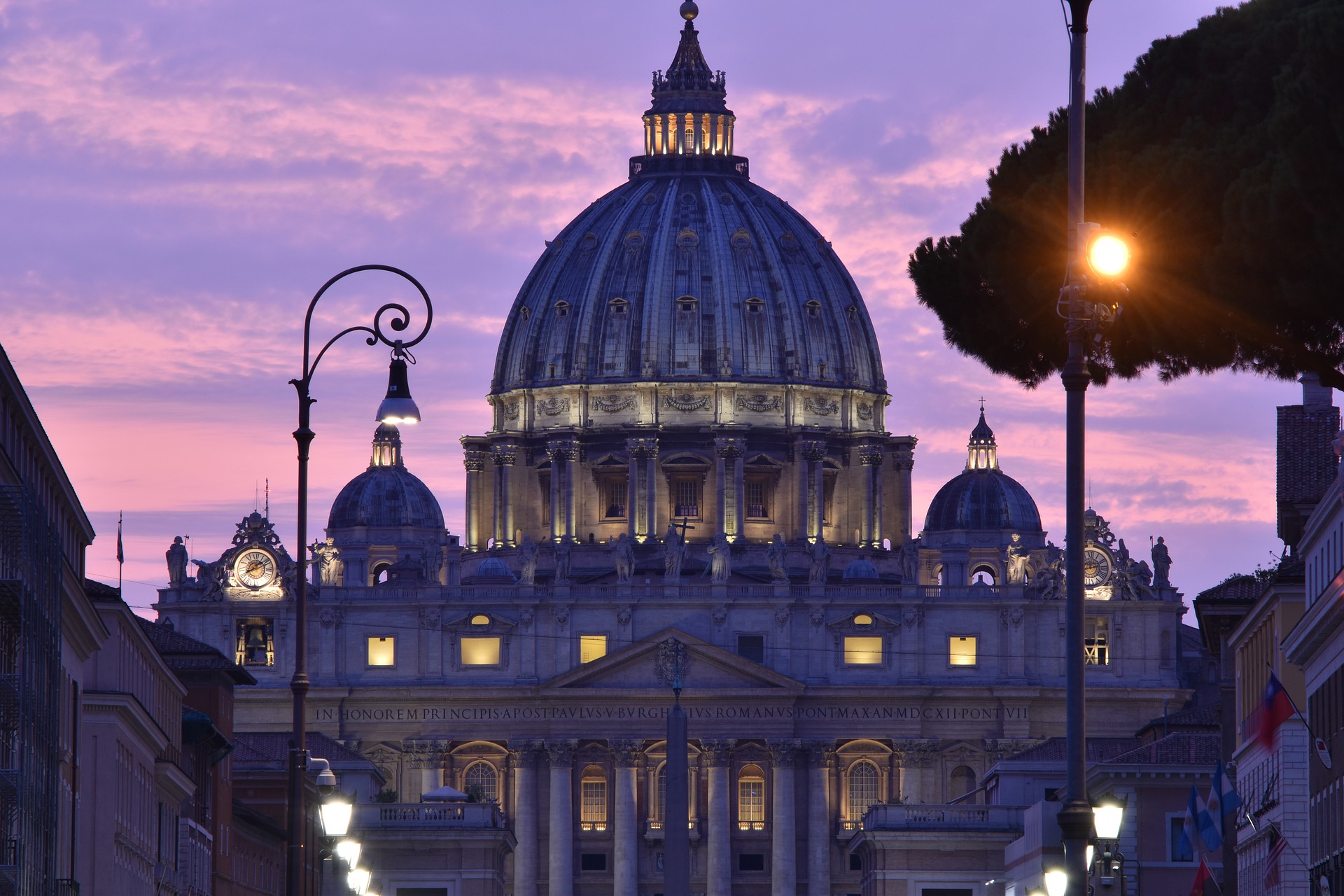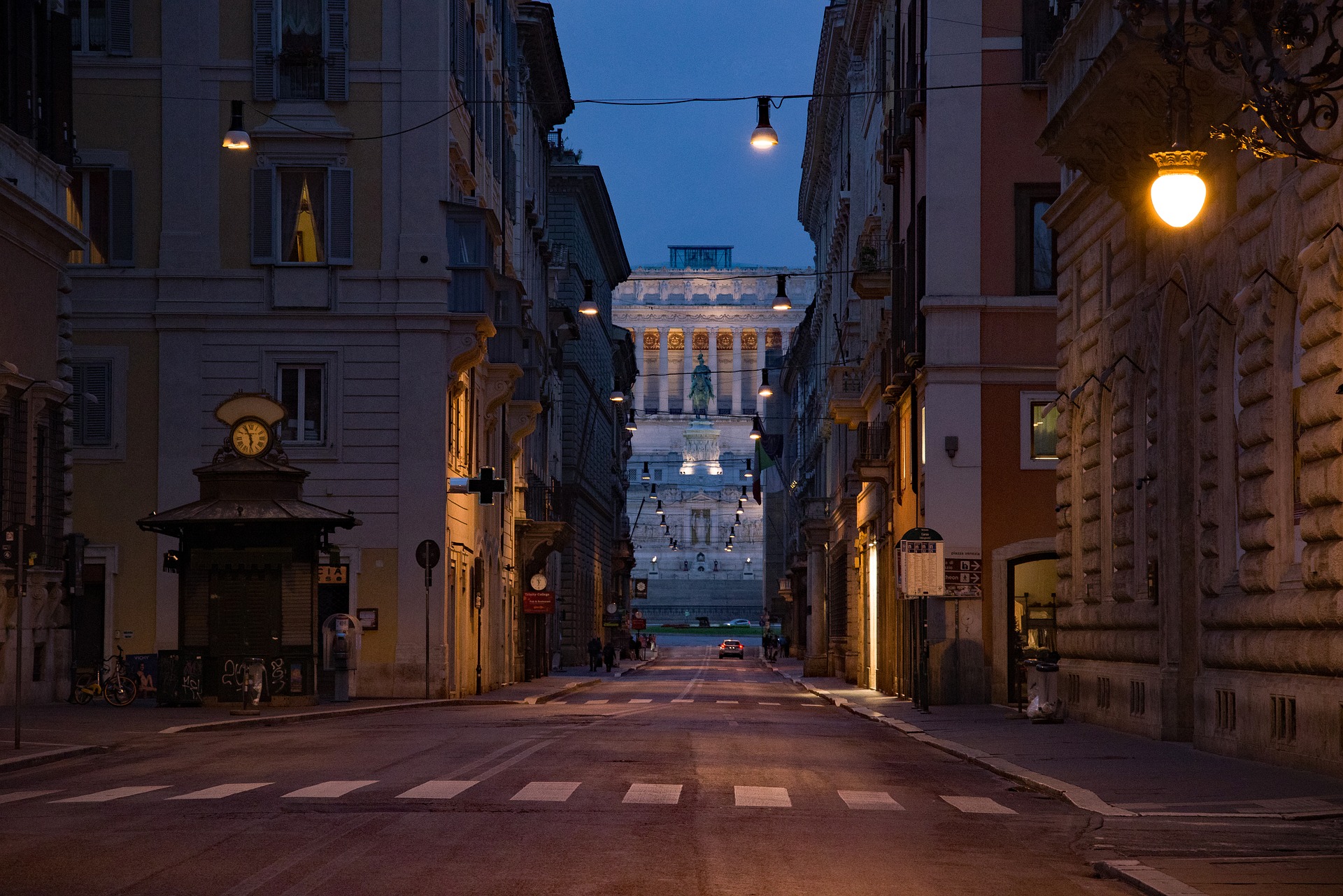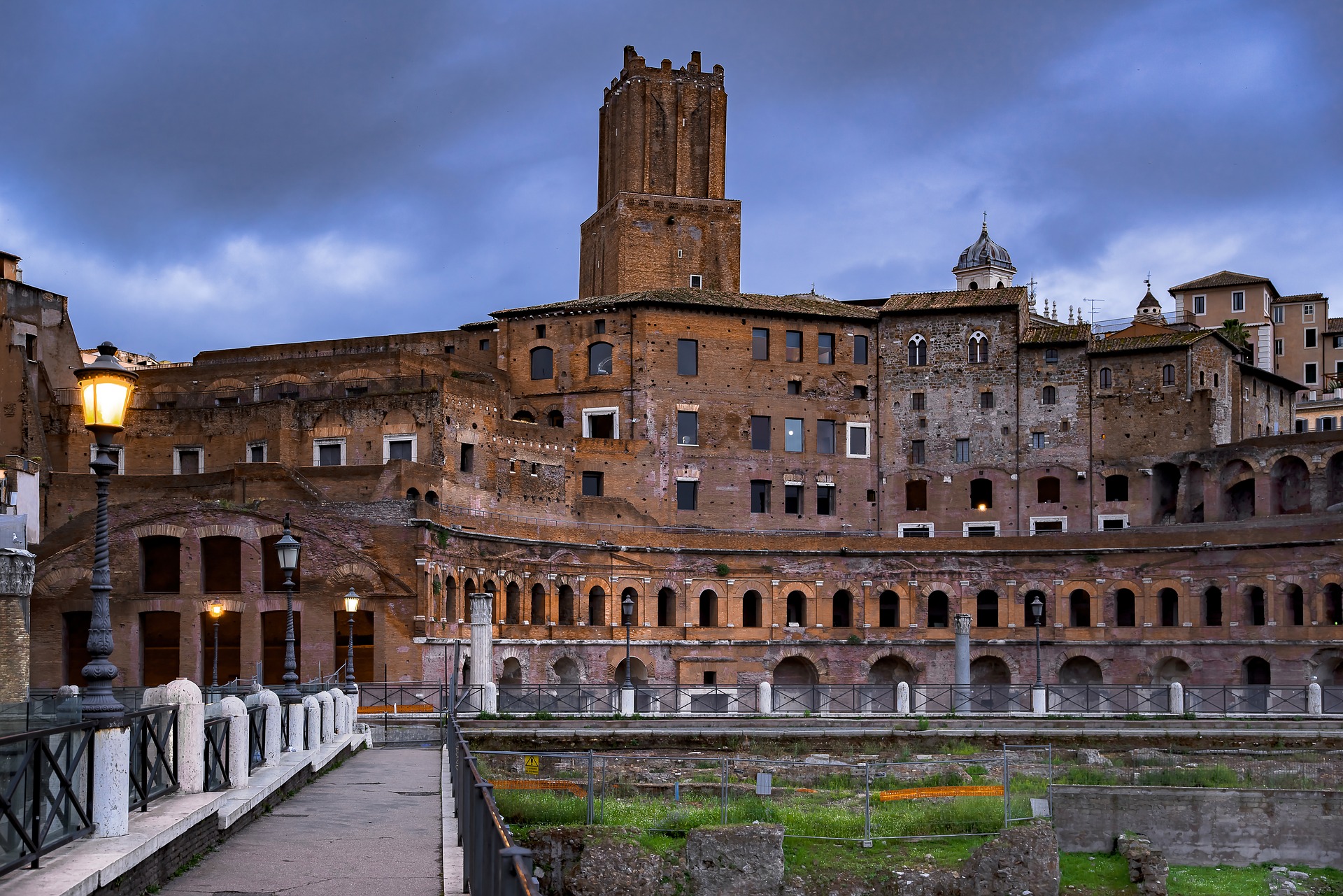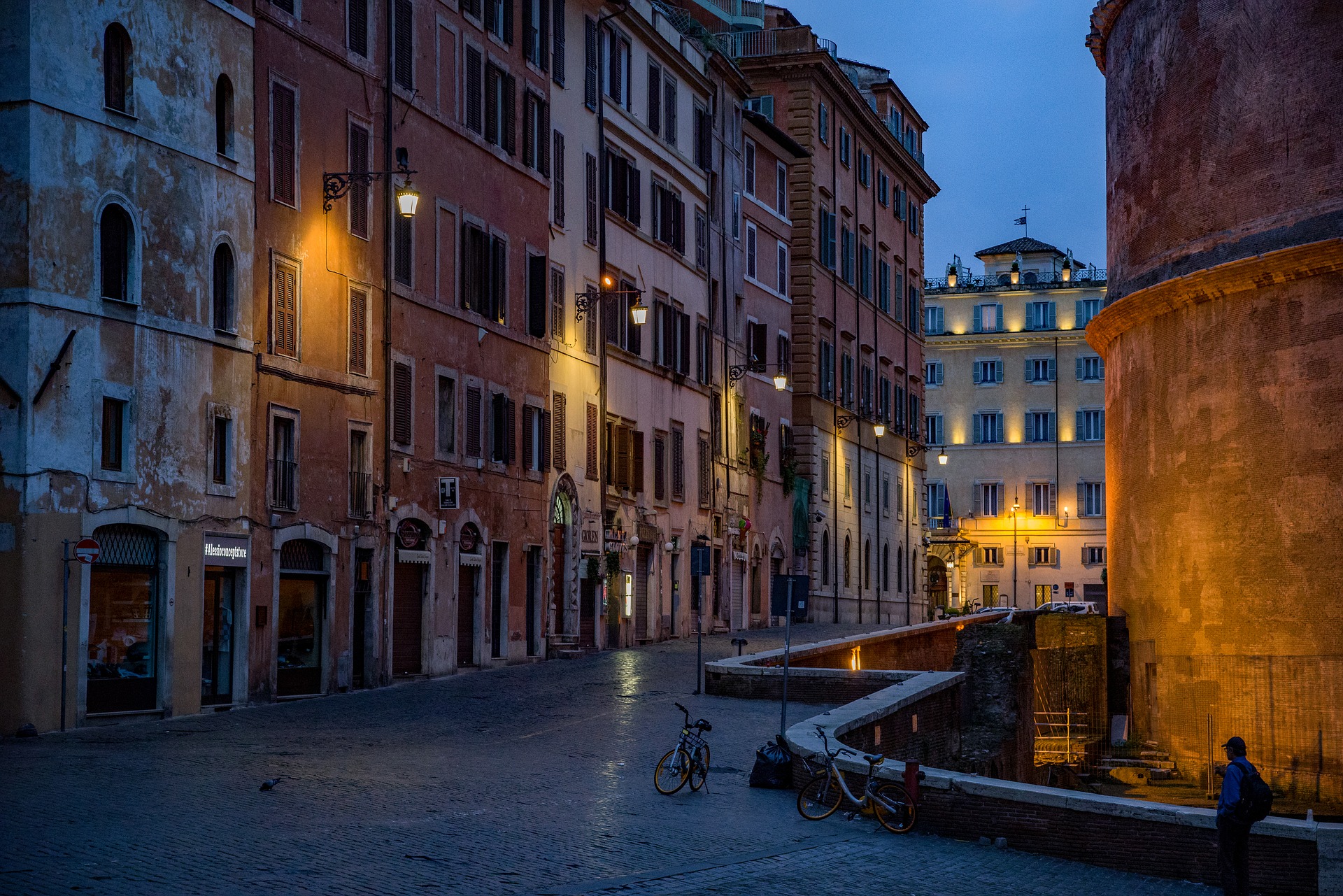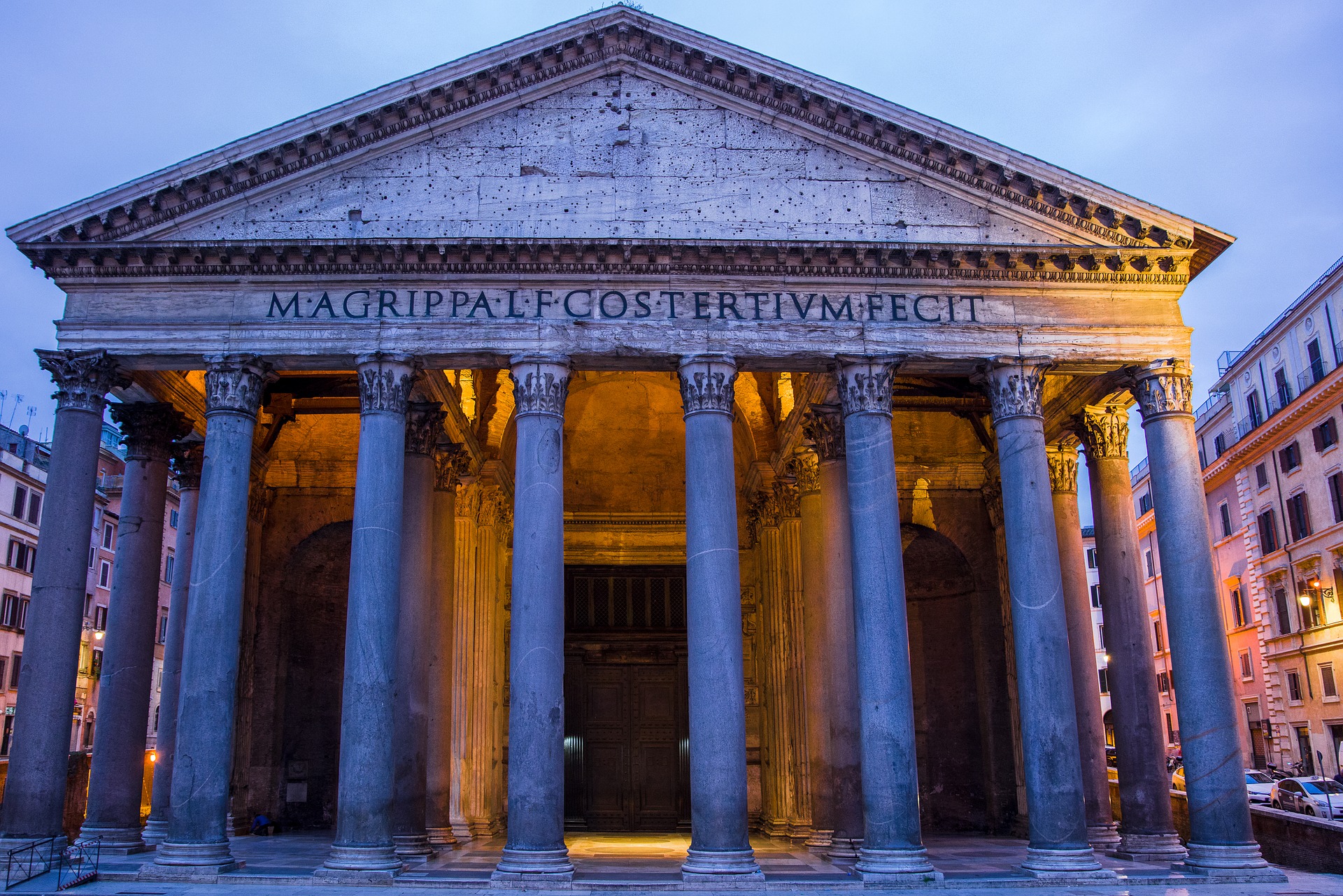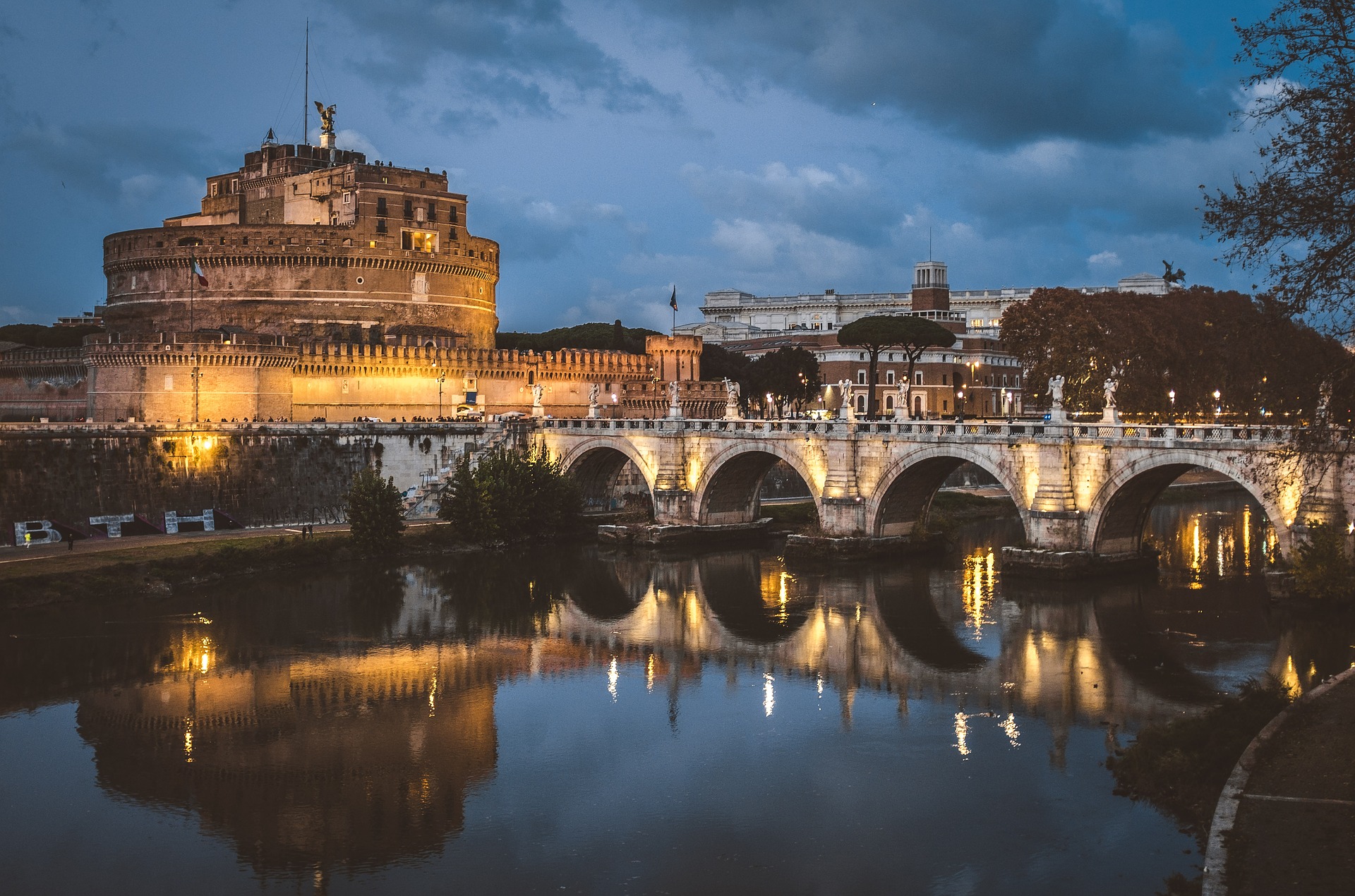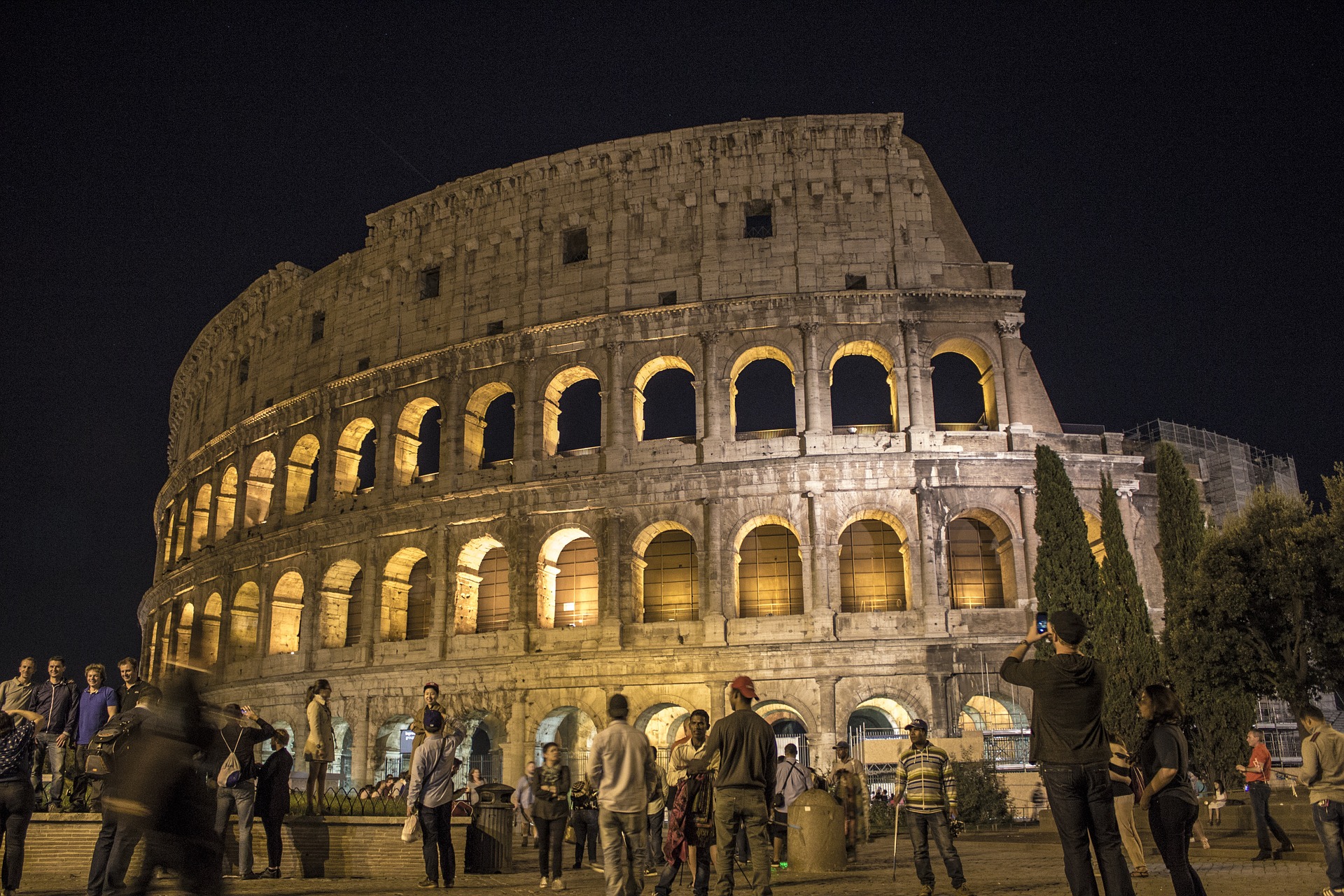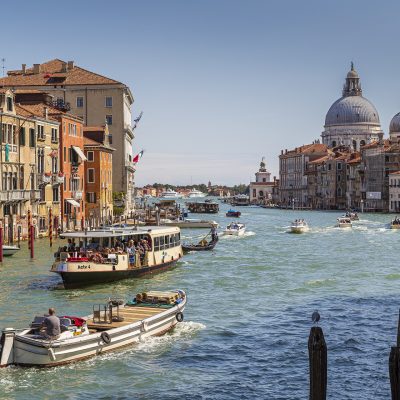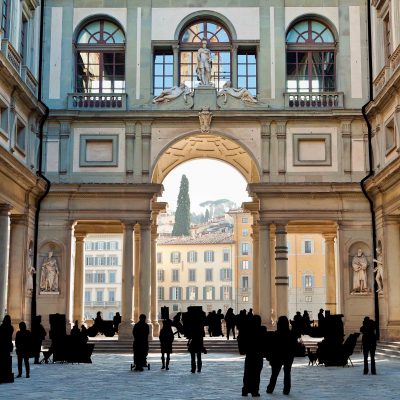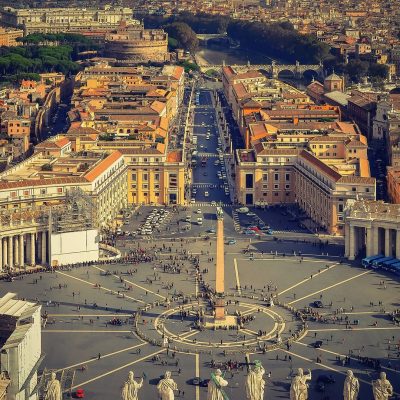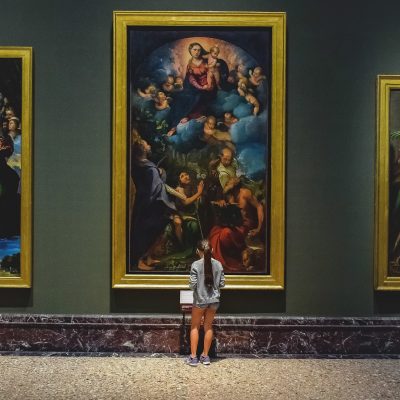Night Rome by car
Rome at night by car" tour
Twilight transforms Rome as evening lights illuminate the monuments, ancient buildings and ancient ruins of the forums. The emerald hues of the pine trees deepen in the electric light. Rome takes on a whole new dimension: it's an enchanting city at this hour. Light shines through the gloom, revealing all that is important. The hustle and bustle of the day gives way to the solemn grandeur of the evening, time slows down and the attentive traveller sees the city as a box of shimmering jewels.
At this fascinating and magical time of day, we invite you to take a fascinating and comfortable drive through some of the jewels of the Eternal City. You will see the Cathedral of Santa Maria Maggiore, the Cathedral of San Giovanni in Laterano, the Colosseum, Piazza Venezia, St Peter's Cathedral, St Angel's Castle, the Trevi Fountain. Romantic mood, beautiful photos and maximum comfort are guaranteed.
Santa Maria Maggiore, one of the four papal basilicas located in Rome, has a special status and is under the direct jurisdiction of the Holy See.
According to legend, the Virgin Mary herself chose the site for the church after appearing in a dream to both Pope Liberius and a noble patrician at the same time. The next day, on August 5, 352, Pope Liberius appeared at Esquilinus and, seeing a rectangle of snow, he realized that this was the place where the Virgin Mary was pointing. Archaeological research has found no trace of Pope Liberius' church, but evidence of a Christian temple structure on the site dates back to the fifth century.
The church has been rebuilt several times since its foundation and is now a mixture of different styles. The elegant 18th century facade with its loggia on the first floor has 13th century frescoes from the street and the tallest Romanesque bell tower in Rome dates back to the 14th century.
The basilica is also very beautiful with its interior decoration. The walls of the central nave have preserved mosaics from the 5th century depicting Biblical stories, the multicoloured marble floor in the "Cosmatec" style and the mosaics of the main apse date back to the 13th century. The wooden ceiling is decorated with the first gold brought from Latin America, which was a gift from the Spanish monarchs.
San Giovanni in Laterano (Basilica of St John Lateran), an archbasilica, is the cathedral of the diocese of Rome, the mother of all churches, as the inscription on its façade reads, dedicated to Christ the Saviour as well as to St John the Baptist and St John the Evangelist. In ancient times this area was the seat of the noble Roman family Lateran, confiscated by Emperor Nero for participating in a conspiracy. Later there was the residence of the mother of Emperor Marcus Aurelius, whose equestrian statue stood nearby and was relocated to the Capitoline Hill according to Michelangelo's design. The barracks complex for the cavalry guard of Emperor Septimius Severus was also located here.
It is traditionally believed that the first ecclesiastical structure was consecrated here in the early 4th century AD under Emperor Constantine. Over the course of time, the complex of buildings expanded and until the beginning of the 14th century it was also the seat of the Pope. There are numerous speculations about what the old early Christian church and papal palace complex looked like.
The cathedral acquired its present form in the 18th century, and its imposing size is especially felt inside the building. Colossal statues of the Apostles in niches along the central nave accompany visitors to the main altar, above which the heads of the Holy Apostles Peter and Paul are kept in reliquaries in the canopy.
The Colosseum is the symbol of Rome, the ancient amphitheatre of the Flaviuses, built in the first century AD. Located on the site of an artificial lake that was on the private residence of Emperor Nero - his Golden House. When Emperor Vespasian came to power, he decided to give back to the citizens of the city the land that had been taken away by Nero for the construction of his residence. The artificial lake was drained and a stone amphitheatre was built in its place as a venue for some of the most popular games of the town: gladiatorial battles and staged wild animal hunts.
Piazza Venezia is the official centre of the city; state ceremonies take place in the square, whose main monument is the Vittoriano, a huge marble structure visible from afar, a memorial to Victor Emmanuel II, King of United Italy, whose giant equestrian statue decorates its central part. There's also the Tomb of the Unknown Soldier. The city's main Christmas tree is also mounted on the square.
The square owes its name to the palazzo of the same name on one of its sides, with the built-in basilica of St Mark on the side. The ancient Renaissance building, which now houses the library and museum, was built in the mid-15th century on the orders of the Venetian Pietro Barbo, who later became Pope Paul II. Since 1929 it was the seat of Mussolini's government and he himself used to address the nation from the balcony of the palace overlooking the square.
San Pietro in Vaticano (St. Peter's Cathedral in the Vatican City) - the cathedral is the largest church in the world, built on the burial site of the Apostle Peter and is located on the territory of the Vatican State. The history of this place goes back to ancient times. At that time it was the country residence of Agrippina the Elder, mother of the emperor Caligula, who started building a circus on the grounds of the residence, which was completed by Nero.
According to tradition, the apostle Peter was executed in the arena of Nero's circus and buried in the nearby cemetery. The tomb of the saint was held in great esteem and over time a sanctuary was built on its site, followed by a church in the time of Emperor Constantine in the 4th century. The modern look of the cathedral and the square in front of it were obtained in the 17th century, and in the 30s of the 20th century conciliation street leading to the square was built.
The Castel Sant'Angelo is a fortified bastion near the Vatican and is connected to it by a secret passage. In ancient times it was the tomb of the Emperor Hadrian, built on his orders in the second century AD. Today it is a museum, on the terrace of which you can admire a wonderful panorama of Rome, and inside there is a collection of ancient arms and armour, and skilful murals of the 16th century, made by Raphael's pupils.
During the Middle Ages, its strategic location made the mausoleum a fortified bastion to protect the city from barbarian invasions. Because of its proximity to the Vatican, the popes had their eye on it and the bastion became a papal fortress, which served as a refuge in case of enemy attack, a place to store the treasury, and a prison for undesirables, among them Giordano Bruno and Benvenuto Cellini.
The name of the castle is attributed to a legend. At the end of the sixth century, a plague was raging in Rome. Pope Gregory the Great had arranged a religious procession in the hope of ridding the city of the plague. As the procession passed by, Gregory saw the Archangel Michael hovering over a bastion and putting a sword in its scabbard. So the Holy Father realised that heaven was giving him a sign: the plague had stopped and the fortress has since been called the Castel Sant'Angelo.
The Trevi Fountain is one of the most famous fountains in the world, attracting travellers from all over the world, eager to have their picture taken in front of it and throw a coin into the fountain bowl in the hope of returning to the Eternal City. Built in the second half of the 18th century, the fountain is a monumental bas-relief attached to the façade of Palazzo Poli.

